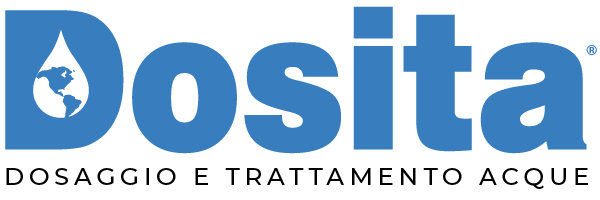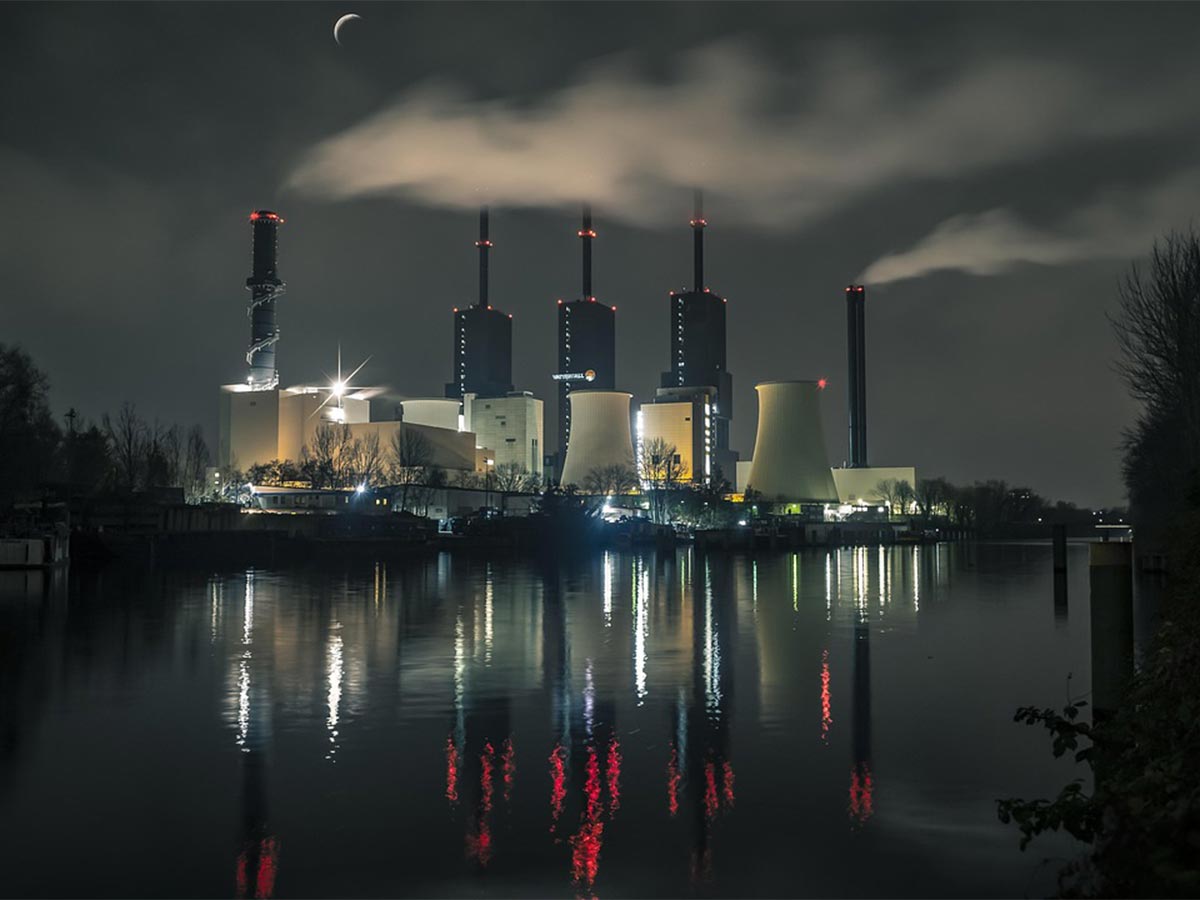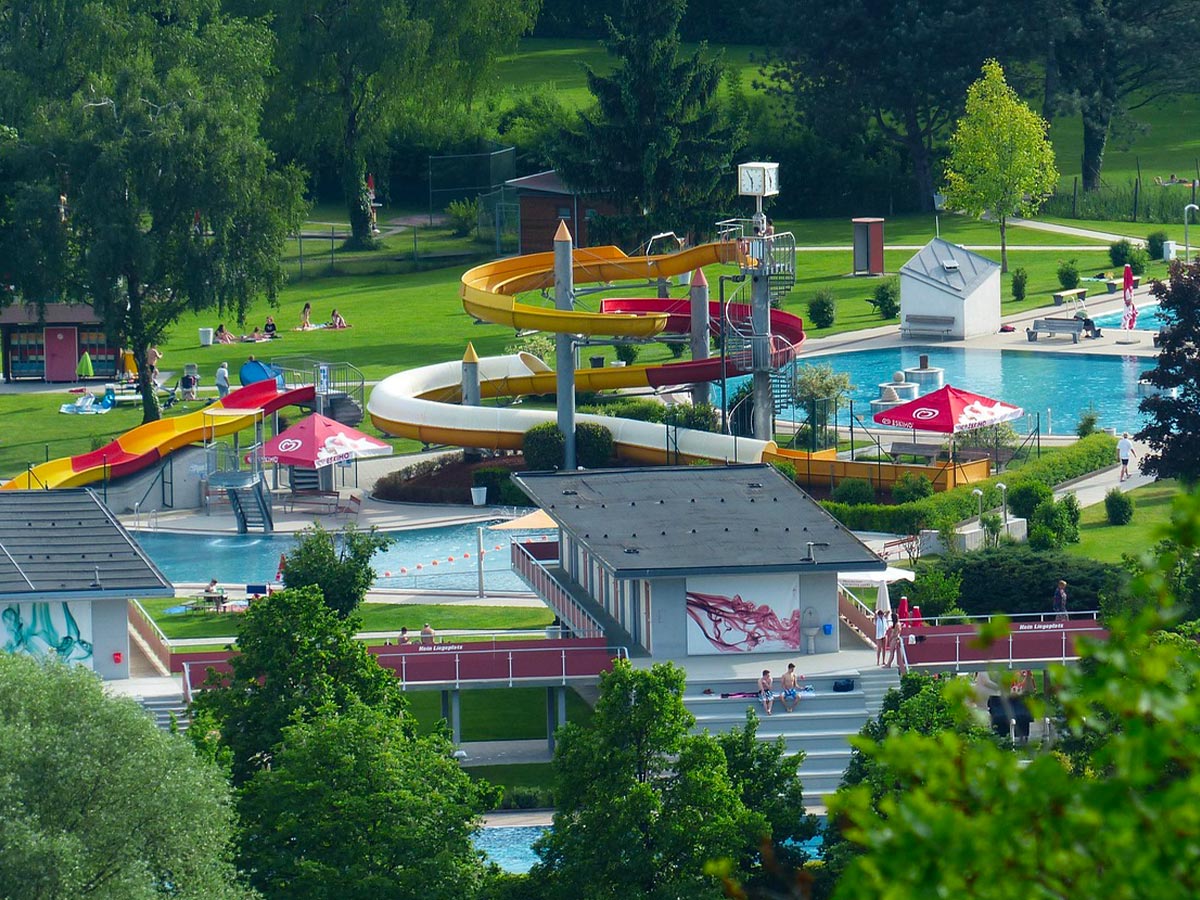Dosing systems are essential in many industries, as they allow precise quantities of substances to be dispensed. Here is an overview:
What is a dosing system?
A dosing system is a set of devices and technologies that measures and dispenses specific quantities of liquids, gases or solid materials.
Types of dosing systems
- Volumetric dosing systems: Measure and dispense the volume of materials. Mainly used for liquids.
- Gravimetric dosing systems: Based on weight, they ensure precision in dosing powders and granules.
- Peristaltic pump dosing systems: Use a flexible tube compressed by rotating rollers to dispense the fluid.
- Syringe dosing systems: Used in the pharmaceutical and laboratory sectors for very precise doses.
- Spray dosing systems: Dispense the product in the form of an aerosol or spray, often used in the cosmetic and food industries.
Applications
- Food industry: To dose ingredients, preservatives and additives.
- Pharmaceutical: For the production of drugs, ensuring precise dosages.
- Agriculture: Uniform distribution of fertilizers and pesticides.
- Water Treatment: To dispense chemicals needed for purification.
Benefits
- Precision: Ensures that each production cycle uses the exact amount of materials, reducing waste.
- Efficiency: Automates the process, reducing human errors and improving production speed.
- Safety: Minimizes human contact with potentially hazardous substances.
Furthermore, these systems contribute significantly to environmental sustainability. Here are some of the main benefits:
Reduction of Waste
- Precise Dosing: Minimizes the excessive use of fertilizers, pesticides and detergents, reducing water and soil pollution.
- Optimization of Resources: Using only the necessary amount of chemicals, waste and operating costs are reduced.
Conservation of Water Resources
- Water Recycling: Treatment systems allow the reuse of treated wastewater, decreasing the withdrawal of fresh water from aquifers and waterways.
- Irrigation Efficiency: Advanced dosing systems ensure each plant receives the right amount of water, reducing water consumption.
Ecosystem Protection
- Reduction of Pollution: By treating wastewater before releasing it into the environment, the negative impact on aquatic ecosystems is reduced.
- Improved Soil Quality: Controlled use of fertilizers and pesticides prevents soil degradation and promotes biodiversity.
Energy Efficiency
Many modern systems are designed to consume less energy, reducing the carbon footprint of agricultural and industrial operations.
These benefits not only help protect the environment, but also help create more sustainable and cost-effective operations.



